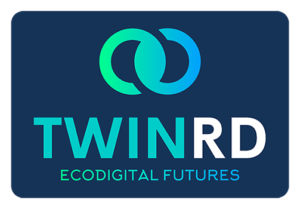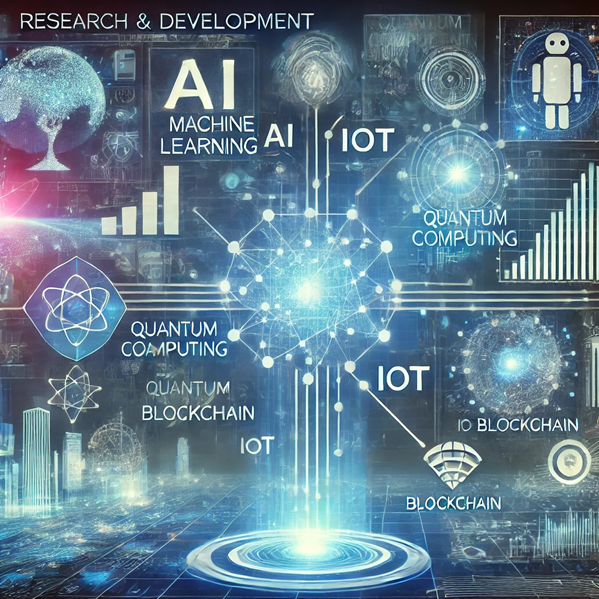The patent and R&D data processed during the first year of the project will enable an update and enhancement of digital technologies within the NEMESIS model in three key steps:
- Updating NEMESIS with Current Innovation Mechanisms
NEMESIS already includes a framework for established digital technologies, based on the OECD (2007) classification, which groups them into thirteen categories (OECD’s J-TAG scheme, 2017). These include High-Speed Networks, Mobile Communication, High-Speed Computing, Large-Capacity High-Speed Storage, Information Analysis, and others. These categories encompass all technologies related to the production, use, and storage of computerized information, including hardware, software, and databases.
Beyond updating the existing data on these technologies, the model will be expanded by extending the list of ICT manufacturing and services industries. A dedicated ICT module will be introduced to provide a comprehensive mapping of ICT technologies within the relevant sectors.
- NEMESIS for AI
For new, emerging, and frontier digital technologies, TWINRD adopts the WIPO (2022) classification, which identifies ten key categories: AI/ML, Autonomous Systems, Big Data, Cloud Computing, IoT, Quantum Computing, Robotics, Smart Cities Technologies, Blockchain Technologies, and Virtual/Augmented Reality.
The first upgrade to NEMESIS will focus on incorporating AI and Machine Learning (AI/ML). There is a significant overlap between established digital technologies and AI/ML. This update will primarily use technology flow matrices developed within the project to analyze how investments in established digital technologies (R&D, hardware, software, etc.) contribute to the development and adoption of AI/ML—and vice versa.
- NEMESIS for Industry 4.0 (4IR)
To further enhance the model’s representation of emerging technologies, NEMESIS will integrate additional WIPO (2022) digital technologies using a methodology similar to that applied for AI. This process will involve in-depth modeling of the interactions between established and emerging digital technologies.
Due to the limited availability of data on the adoption of new digital technologies, the model will estimate their diffusion through transaction matrices representing the flow of goods and services between economic sectors, countries, and economic agents. Market shares for the different technologies will be derived from the assumption that firms gradually equalize the marginal and average returns on their R&D investments across their technology portfolio.
Implementation Timeline
The updates will be implemented between September 2025 and March 2026, strengthening NEMESIS’s ability to analyze the economic impact of digital transformation and AI-driven innovations on economic growth and industrial dynamics.

